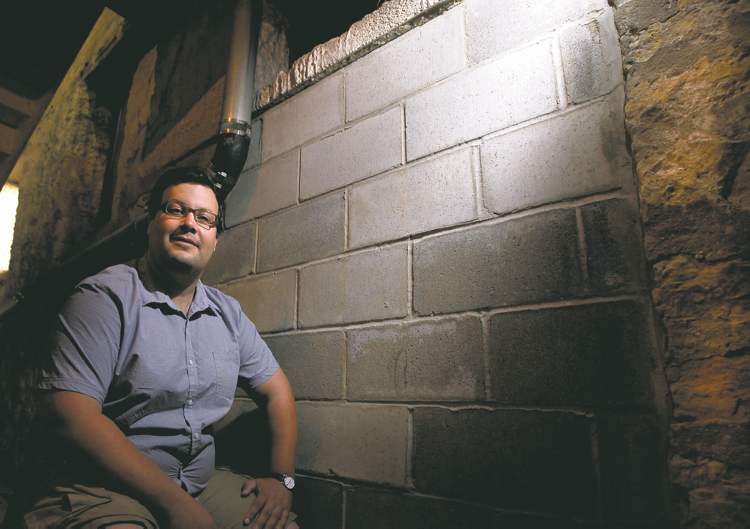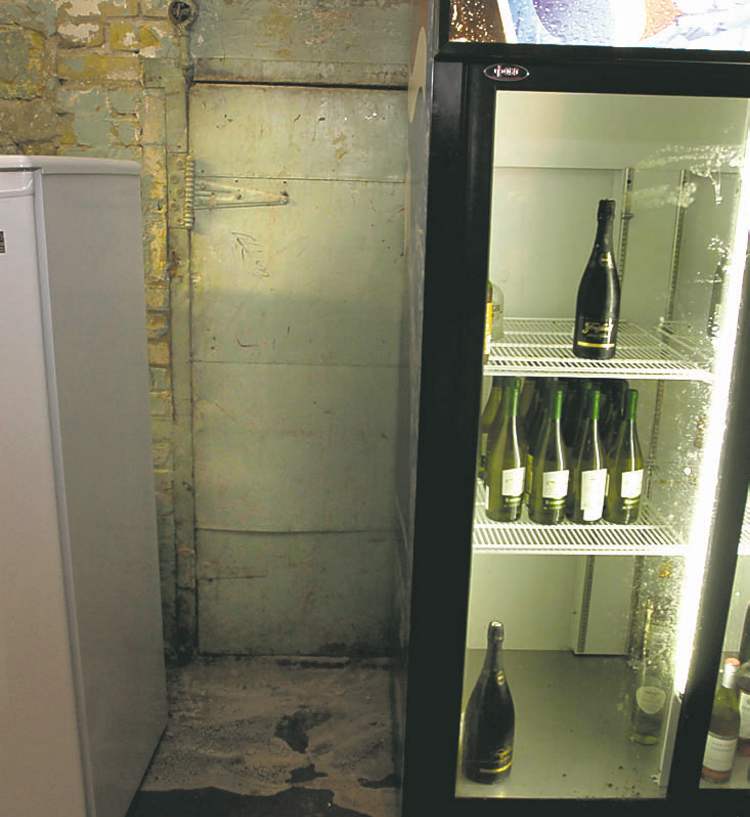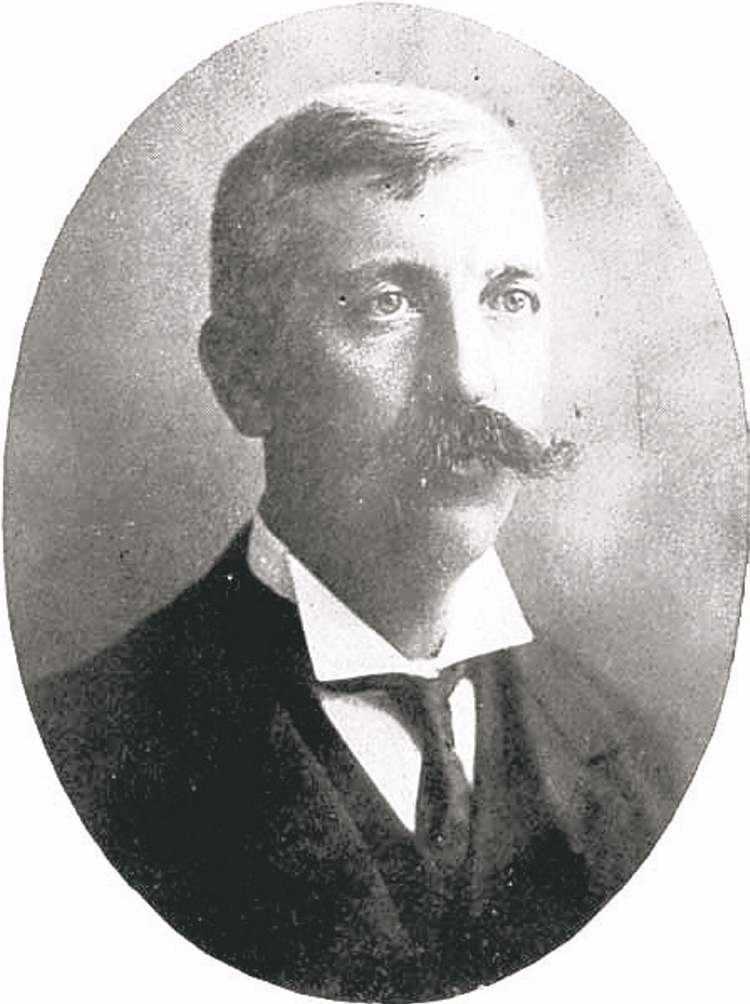A tunnel through time
Passageway beneath Market Avenue has been closed for decades; WHAT SECRETS MIGHT BE SEALED INSIDE?
Advertisement
Read this article for free:
or
Already have an account? Log in here »
To continue reading, please subscribe:
Monthly Digital Subscription
$0 for the first 4 weeks*
- Enjoy unlimited reading on winnipegfreepress.com
- Read the E-Edition, our digital replica newspaper
- Access News Break, our award-winning app
- Play interactive puzzles
*No charge for 4 weeks then price increases to the regular rate of $19.00 plus GST every four weeks. Offer available to new and qualified returning subscribers only. Cancel any time.
Monthly Digital Subscription
$4.75/week*
- Enjoy unlimited reading on winnipegfreepress.com
- Read the E-Edition, our digital replica newspaper
- Access News Break, our award-winning app
- Play interactive puzzles
*Billed as $19 plus GST every four weeks. Cancel any time.
To continue reading, please subscribe:
Add Free Press access to your Brandon Sun subscription for only an additional
$1 for the first 4 weeks*
*Your next subscription payment will increase by $1.00 and you will be charged $16.99 plus GST for four weeks. After four weeks, your payment will increase to $23.99 plus GST every four weeks.
Read unlimited articles for free today:
or
Already have an account? Log in here »
Hey there, time traveller!
This article was published 20/08/2012 (4845 days ago), so information in it may no longer be current.
Down in the basement beneath an East Exchange District restaurant, past the fancy bar and swirling green dance floor lights and through the women’s washroom, there are a couple of fridges that hide a piece of the city’s history.
A piece that’s a symbol of when Winnipeg really was the Gateway to the West.
It’s the entrance to a tunnel, but the metal doors haven’t been opened — for what they were intended, at least — since 1948.

These doors, now padlocked, lead to a tunnel under Market Avenue between two century-old buildings built to house the Great West Saddlery Co. — in its heyday, one of Winnipeg’s largest employers and the largest saddlery maker and exporter in North America.
"Is there still straw down there?" asked Douglas Hutchings, whose great-uncle, E.F. Hutchings, founded the company in 1900 after several years of working in the harness trade in Manitoba and Alberta. Hutchings, who came to Winnipeg in 1864 at 19 with only 50 cents in his pocket, was a millionaire by the 1920s. A city alderman from 1887-95, he also ran for mayor, but lost. He died in 1930.
"There were no horses down there," Douglas Hutchings said of the tunnel. "The straw was used to stuff horse collars that were made there. I walked it many times when I was younger."
The tunnel was built to move goods back and forth underground on wooden carts from the two buildings the saddlery operated at 113 Market and 112 Market.
The building at 113 Market is now the site of the Prairie Housing Co-op and 112 Market is home to Don Pedro’s Mexican Grill and several private offices.
Ben Hnatiw, the co-op’s property manager, said the tunnel was sealed in his building with cement and cinder blocks in the late 1980s when the location was converted to housing.
Hutchings said the saddlery was sold in the late 1940s. The building at 113 Market then served as office space for a number of companies, such as a Christmas-card wholesaler, and home for light textile manufacturing businesses like Goodyear Gloves. It was sold in a mortgage auction in May 1983.
Across the street at 112 Market, there’s also been big changes, but the two green-painted doors to the basement tunnel are still intact. Finding out what’s behind them will involve moving a large fridge and breaking open the padlock.
"It was dry and clean when I was in there," said Rick Hildebrand, a private contractor who bid on the work to covert 113 Market to housing in the late ’80s.

Hutchings said when he worked at Great West Saddlery, the tunnel was used all the time to move stock from 113 Market to be shipped out of 112 Market.
There’s some talk rails were installed so the carts moving back and forth were easier to push, and that horses may have been used.
But Hutchings said the tunnel wasn’t high enough for a horse and there were no rails.
"From the time I was old enough to walk, I was intimately involved in the business," he said.
Rails or not, Don Pedro’s manager David McNabb said the tunnel represents a piece of Winnipeg history few will experience.
"They called Winnipeg the Chicago of the north, didn’t they?" the 26-year-old asked. "To learn about this is interesting. Most people are only interested in the future."
brightcove.createExperiences();

bruce.owen@freepress.mb.ca
Tunnels, tunnels everywhere
THE Free Press recently toured the tunnel that connects the Manitoba Legislative Building to the powerhouse building on Memorial Boulevard a block away.
We’ve also researched if there really was a tunnel that once connected Union Station to the Fort Garry Hotel. Many say there was no tunnel — just a pipe to supply the hotel with steam heat from a plant at what is now The Forks. But some say there actually was a tunnel from the trains to the hotel — that they’ve actually walked it.
If you know of a tunnel, email reporter Bruce Owen at bruce.owen@freepress.mb.ca


